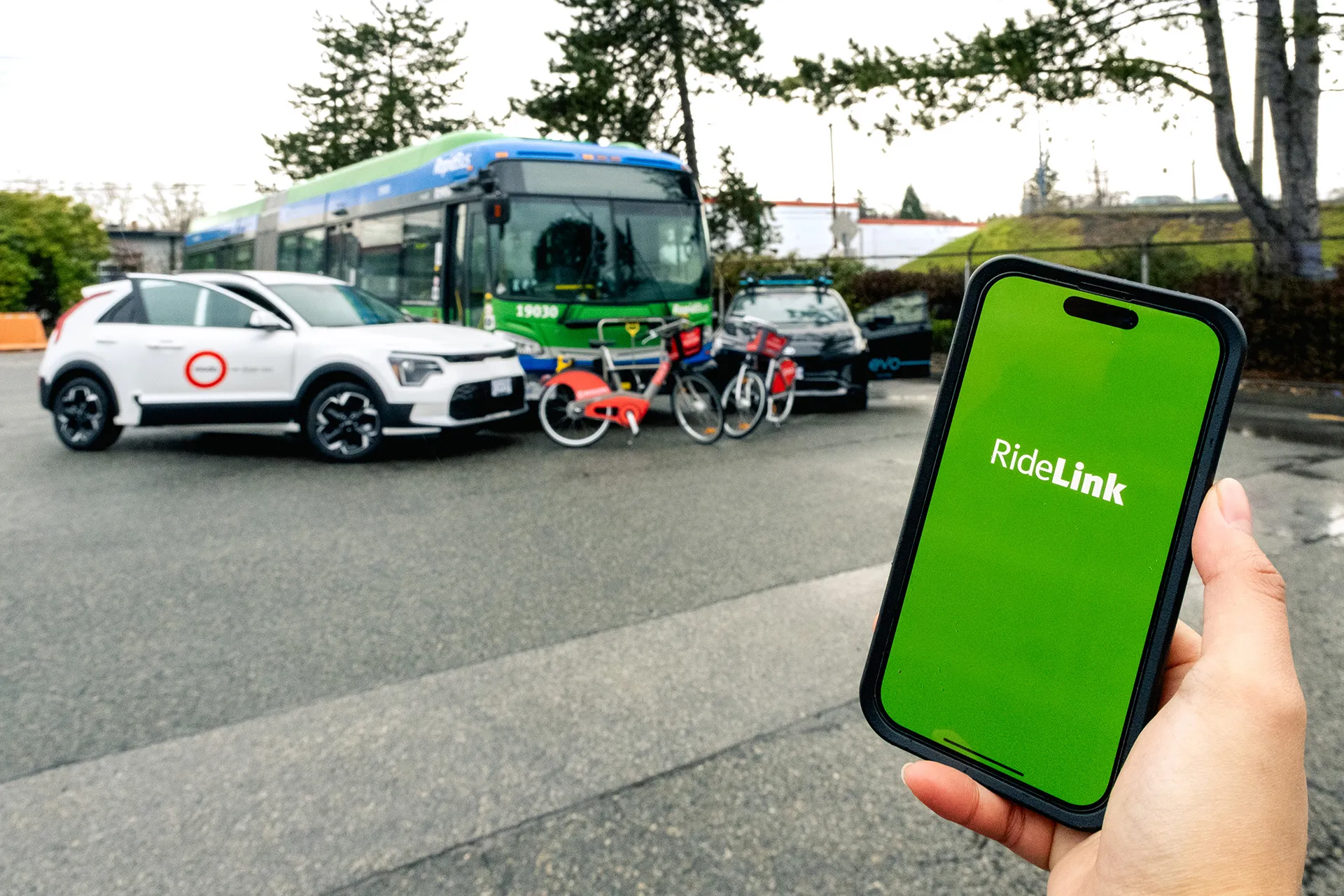A new report by the Chartered Institute of Logistics and Transport (CILT) Cymru Wales, Vision 2035: Cymru Wales, looks to the future and visualises how transport and logistics in Wales would develop, taking account of population changes, technological developments and social and political change.
By 2035, Wales will be making decisions on all aspects of transport, including air passenger duty, rail franchising and road policy. There will also be greater government involvement in public transport operatio
November 13, 2014
Read time: 3 mins
A new report by the 6500 Chartered Institute of Logistics and Transport (CILT) Cymru Wales, Vision 2035: Cymru Wales, looks to the future and visualises how transport and logistics in Wales would develop, taking account of population changes, technological developments and social and political change.
By 2035, Wales will be making decisions on all aspects of transport, including air passenger duty, rail franchising and road policy. There will also be greater government involvement in public transport operations, with not-for-profit business models being adopted.
The report indicates that will be significant enhancements in the transport network, with electrification on all major rail routes. Journeys to London from all parts of Wales will be quicker, using trains that can achieve at least 140mph. Some additional road capacity will be provided, but driverless vehicles will improve road network capacity.
Urban areas, such as the city regions, will be characterised by metro-style systems using bus and rail based technology and focused on interchanges. These interchanges will be centres of economic activity, both retail and employment, and designed to include walking and cycling. Car-sharing will be normal for journeys that cannot be completed by public transport.
Providing cost effective rural transport will be a challenge. Rural railways that are not electrified will need innovative solutions such as providing shared coach and rail routes. Demand responsive bus services will be widespread, while electric vehicles will be more common. Deliveries of goods are likely to be to community based hubs, for collection by customers rather than to shops.
International connectivity will see Cardiff Airport handling around 4.5 million passengers, with a range of long and short haul destinations. However, capacity constraints in South East England may make this an underestimate. Welsh ports will also develop more services, particularly to handle container traffic.
The report also highlights some potential developments after 2035. High speed rail lines from South Wales to London and Northern England will be planned, offering journey times from Cardiff of less than one hour. Discussions will also be taking place regarding a rail tunnel from Holyhead to Dublin, as a major European transport corridor.
“As an essential part of the economy, it is hoped Vision 2035 provides a long term view of transport in Wales,” commented Dr Andrew Potter, Chair of CILT Cymru Wales. “By thinking now about the opportunities and challenges ahead, better solutions can be found that make a real difference to passengers and businesses alike”.
By 2035, Wales will be making decisions on all aspects of transport, including air passenger duty, rail franchising and road policy. There will also be greater government involvement in public transport operations, with not-for-profit business models being adopted.
The report indicates that will be significant enhancements in the transport network, with electrification on all major rail routes. Journeys to London from all parts of Wales will be quicker, using trains that can achieve at least 140mph. Some additional road capacity will be provided, but driverless vehicles will improve road network capacity.
Urban areas, such as the city regions, will be characterised by metro-style systems using bus and rail based technology and focused on interchanges. These interchanges will be centres of economic activity, both retail and employment, and designed to include walking and cycling. Car-sharing will be normal for journeys that cannot be completed by public transport.
Providing cost effective rural transport will be a challenge. Rural railways that are not electrified will need innovative solutions such as providing shared coach and rail routes. Demand responsive bus services will be widespread, while electric vehicles will be more common. Deliveries of goods are likely to be to community based hubs, for collection by customers rather than to shops.
International connectivity will see Cardiff Airport handling around 4.5 million passengers, with a range of long and short haul destinations. However, capacity constraints in South East England may make this an underestimate. Welsh ports will also develop more services, particularly to handle container traffic.
The report also highlights some potential developments after 2035. High speed rail lines from South Wales to London and Northern England will be planned, offering journey times from Cardiff of less than one hour. Discussions will also be taking place regarding a rail tunnel from Holyhead to Dublin, as a major European transport corridor.
“As an essential part of the economy, it is hoped Vision 2035 provides a long term view of transport in Wales,” commented Dr Andrew Potter, Chair of CILT Cymru Wales. “By thinking now about the opportunities and challenges ahead, better solutions can be found that make a real difference to passengers and businesses alike”.










